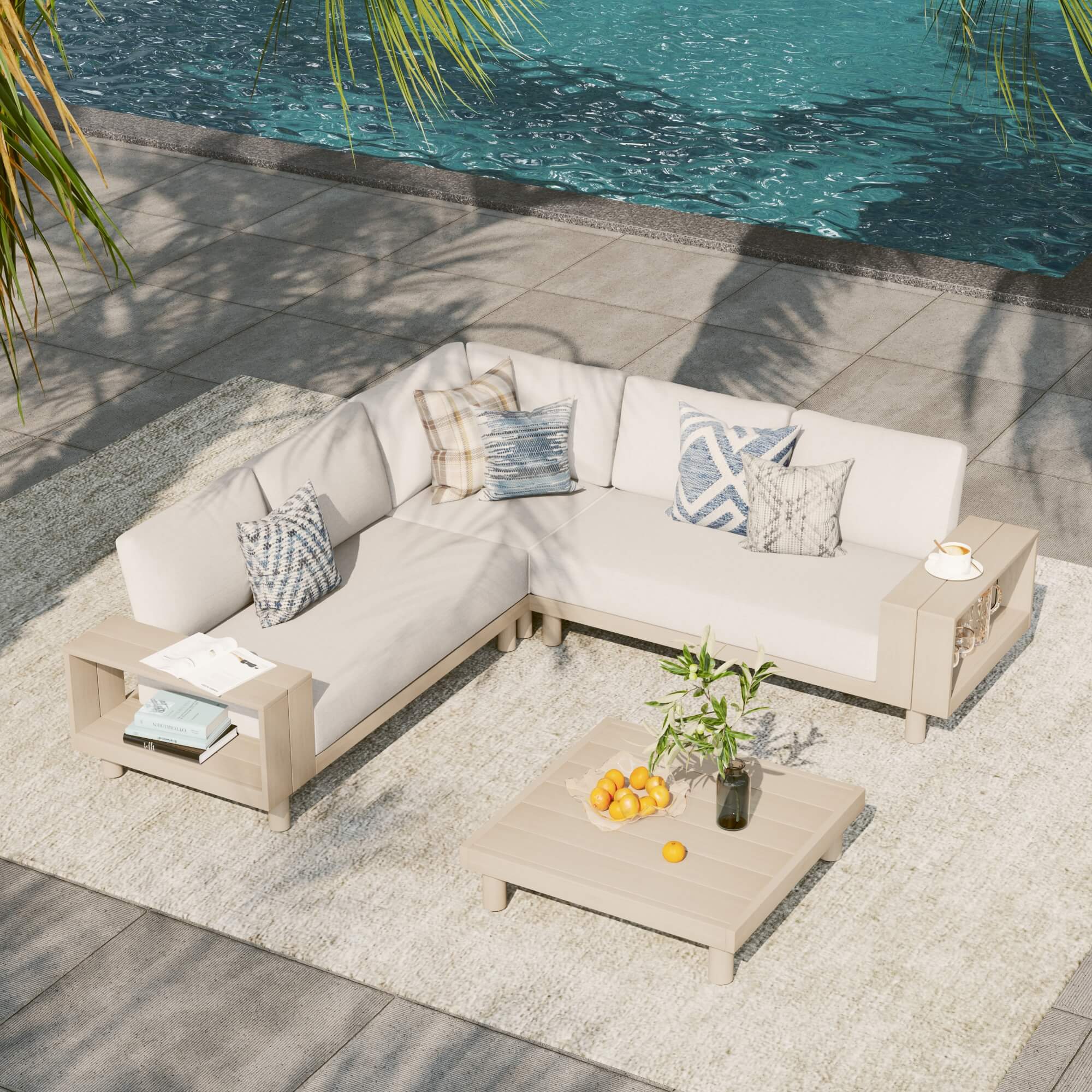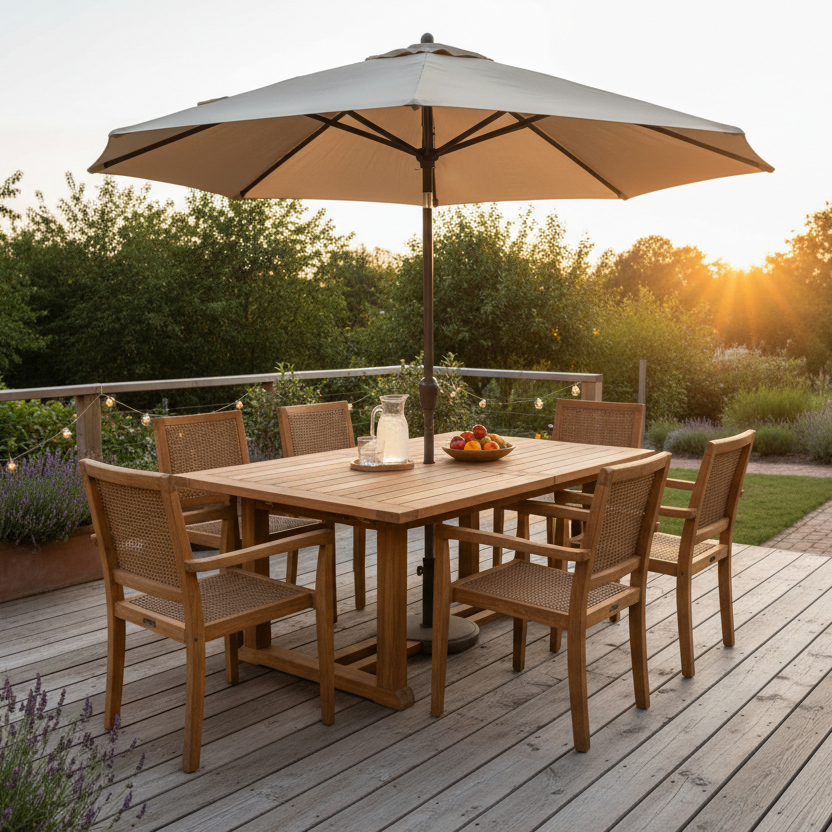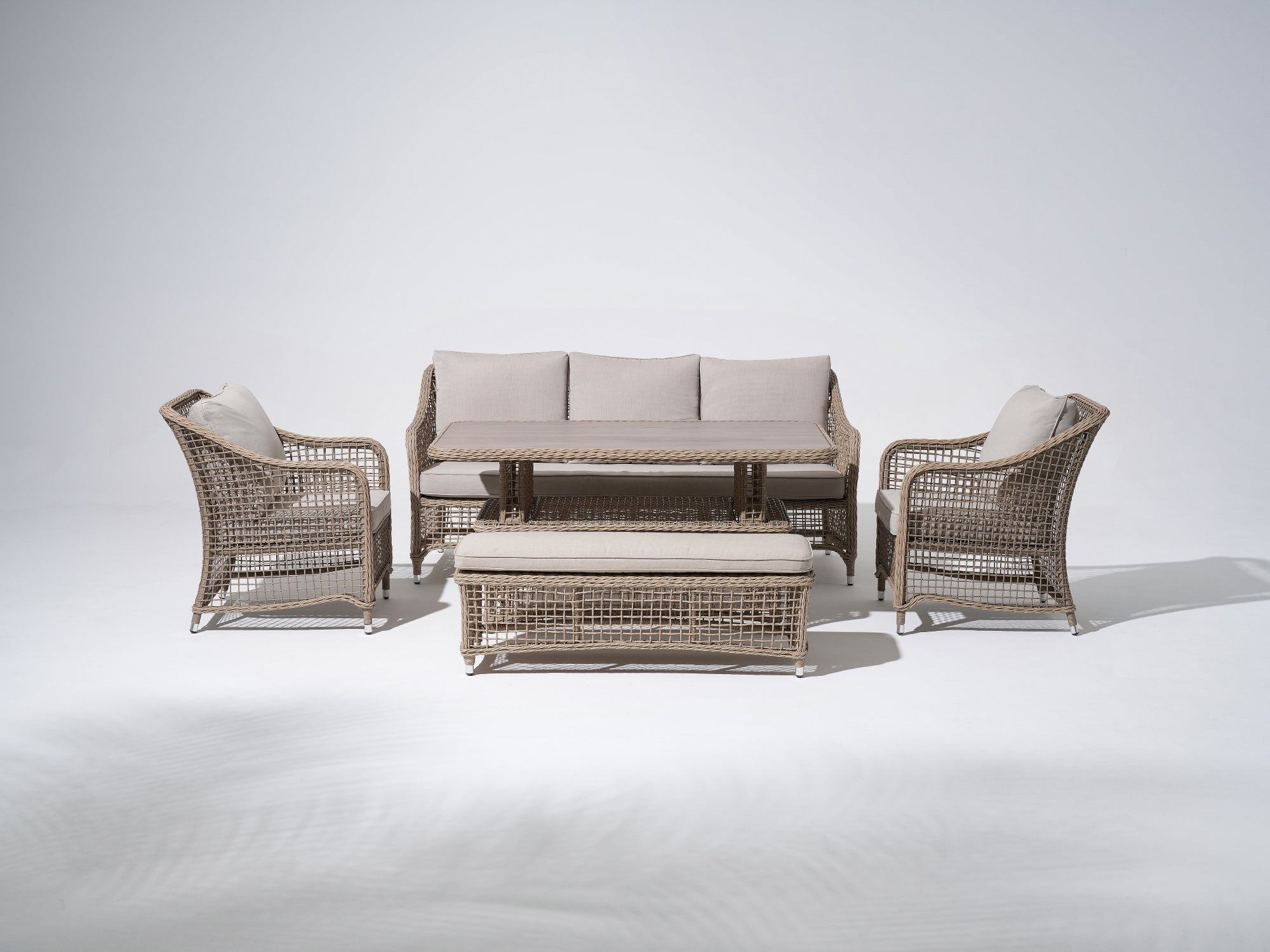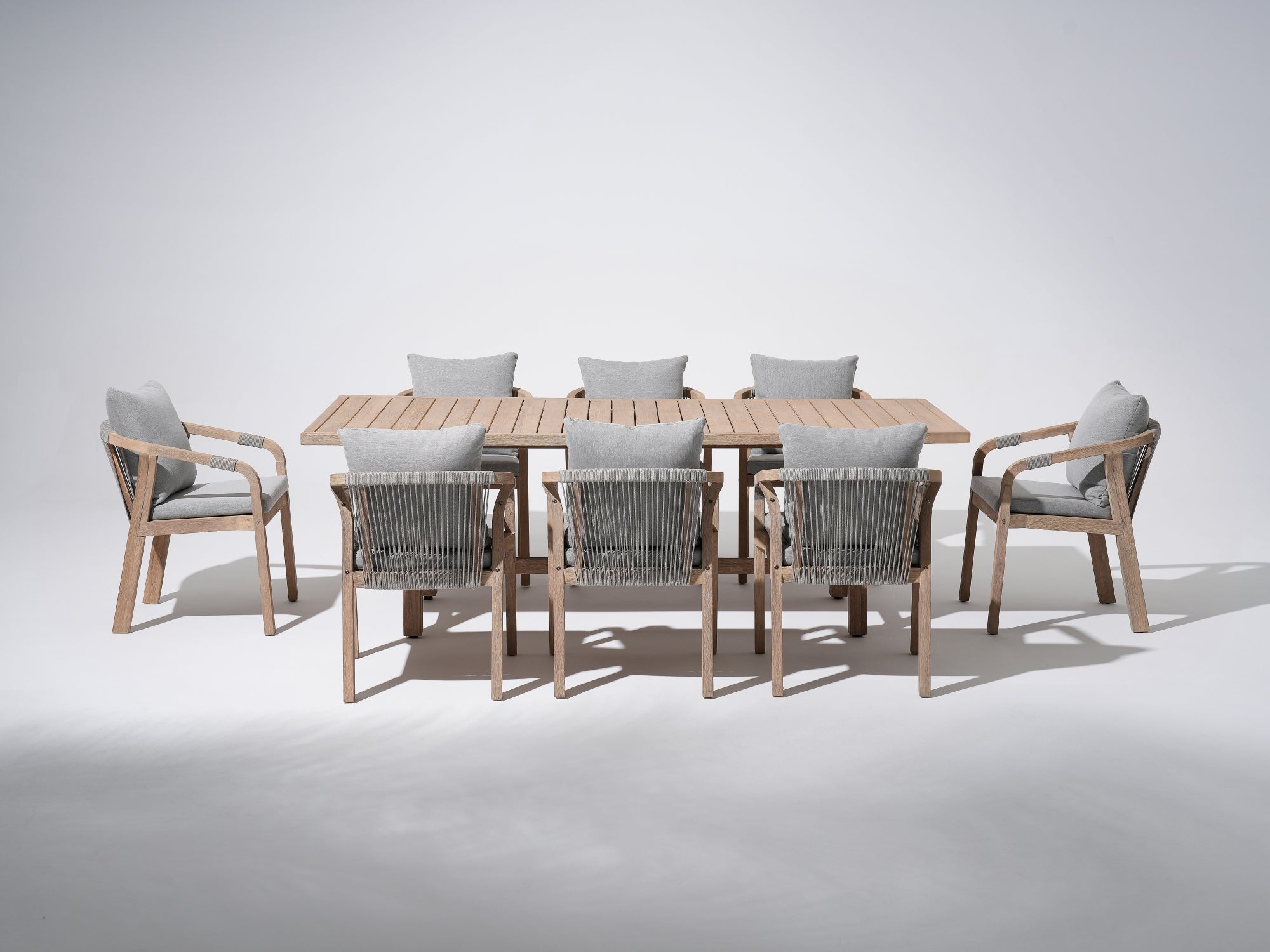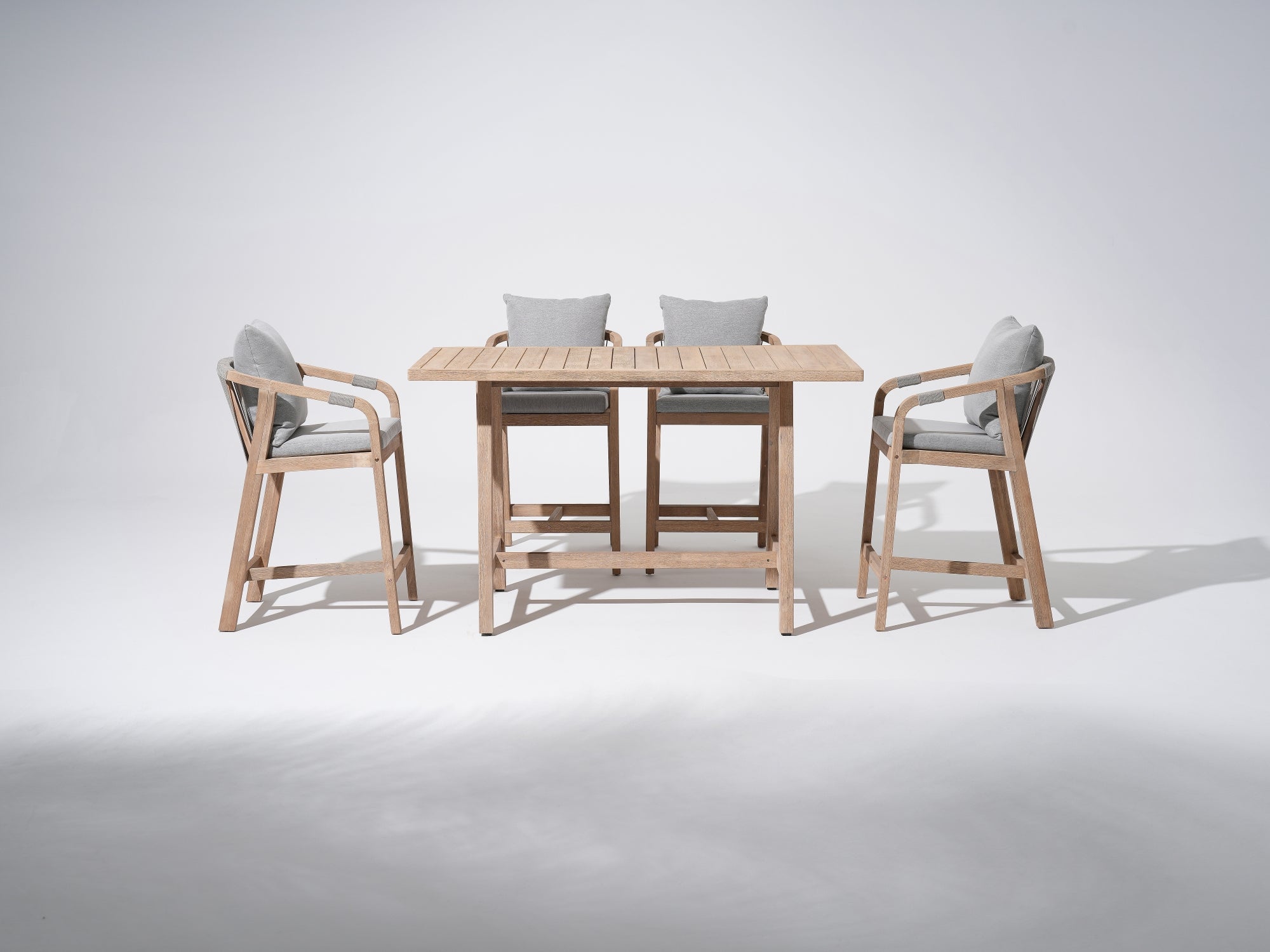A gazebo is a detached, open-sided garden structure that offers an excellent spot for rest and other outdoor activities. Some extend the living space on a patio or porch to create room for more occupants.
If you've seen a hut or a pergola before, you probably have a hint of what a gazebo is. However, a gazebo has open sides and is often situated in a scenic location on your residence.
This undoubtedly inspires you to learn more about gazebos. Jump onto the learning bandwagon as we take you through the world of spicing up your private home.

The Architectural Design
Gazebos broadly vary in style, design, size, type, and nature of construction. And well, they need not be permanent structures as there are portable ones. However, this article intends to focus on the permanent gazebos, largely covered in this section.
Structural Components
Setting up the structural components of a gazebo is labor-intensive, much like building any other structure.
Several features are established from the base to the roof to give a gazebo a finished appearance. While some gazebos are elevated and have a stairway leading inside, others are constructed using the earth as the floor.
Moving on, the vertical columns, otherwise known as pillars, support the top railings and roof. Additionally, horizontal beams provide support for these columns, ensuring their stability. Depending on the construction's need for stability, they could have braces or not.
Usually, the columns range from 4-8 in number, determined by the shape of the gazebo. In between the columns are half walls that may be screened or curtained for extra protection and privacy.
However, the sides of the gazebo occasionally lack walls and are left to the open air. Or the screening and curtain placement form the entire wall structure. This is left to the homeowner, who decides based on their preference.
Even though a gazebo is a stand-alone shelter, it could be attached to a garden wall. That is ideal when the backyard space is small and limited, minimizing construction materials and costs.
Design Variations
Ancient times saw the adoption of octagonal and round gazebo layouts, whose construction relied on wood. These gazebos, mostly with six columns, were often associated with the affluent class. They have transitioned from being for particular wealthy families to be accessible to any home setting and the public.
Well, the history of gazebos spans centuries. It's not a recent invention, even though the intended function remains the same in modern times. Nowadays, people prefer square and rectangular styles and work with metal for the sturdiest functionality of the structure.
However, modernity still incorporates most traditional practices and cultures. Thus, it's easy to be spoilt for choice when engaging with gazebo-constructing companies.
Also, in the past, gazebos involved walling them to create a single entry and exit point on one side. Today, we see gazebos that do not have walls and are entirely open, accessing them from any side.
Roofs had intricate, overly-embellished design layouts that varied from one community to another. Modern gazebo roofs are simple but more robust, as metal is the most common material. The roofs may have shingles as an ornamental addition.
As time goes by, people are more inclined to simplicity and quality of construction rather than peculiarity in the gazebo's appearance.
Construction Materials
Using perfect construction materials is essential to achieving their romantic charm. Usually, steel, iron, aluminium, vinyl, and lumber are the most widely-used materials. Assembling the pieces would require hardware such as bolts, screws, nails, and hinges.
If you opt for lumber for the whole structure and a rustic demeanor, use treated or lacquered wood. The waterproof nature will keep the structure durable and rot-resistant to adverse outdoor elements.
Cedarwood, pine, redwood, and tropical hardwood are the most popular wood choices for constructing gazebo units. Regardless of the material, the installation should achieve structural strength and stability.

Gazebos Across Cultures
Gazebos existed as early as 5000 years ago and have a long-standing cultural association. They were particularly significant across different cultures.
Originating from Egypt, Egyptians took it as a symbol of royalty. The royal families were the first to own gazebos and even used them as tombs. It was a tradition that marked respect and high regard for the royalties.
In ancient Rome and the East, gazebos were for recreational purposes along the coastline in the summer. The Chinese gazebos were considered spiritual places of rest and a venue for their tea ceremonies. Then came the Renaissance period, where gazebos were shrines and meditation spots.

The Practical Uses of Gazebos
Seeking a gazebo in your backyard stems from specific reasons for wanting to own one. Gazebos have several benefits, which make them a valuable asset in your home. So, how can you maximize your time in a gazebo?
Let's unveil the extensive uses of a gazebo below.
Outdoor Entertainment
One fantastic way to use your gazebo is as an entertainment and socializing space. Whenever your friends and family visit, you can readily throw a party and create good memories with them. You can consider putting up lounge chairs, tables, or any outdoor furniture to enhance comfort.
Relaxation
On those days you spend at home, the indoors could be boring. You can lift up your spirits by snuggling in a sofa blanket under a gazebo while reading your favorite book or enjoying the outside view. This will quickly connect you with nature and the greenery in your backyard.
Ornamental Purposes
A gazebo can be an ornamental piece that decorates your outdoor living space. There is no harm in that as you work towards bolstering the beautiful scenery in your garden or backyard. Gazebos naturally brighten the surroundings with their extravagant yet stylish architecture.
Commercial Applications
Sometimes, gazebos are commercialized real estate properties. They can serve as a bandstand and performance arena in hotels, restaurants, and bars or even create more dining space for customers besides the main building.
With a more innovative mind, you can establish them at wedding or events venues to act as a VIP party and fun-having shade. It's an excellent idea for entrepreneurs to increase their income through renting out gazebos.

Factors to Consider Before Building or Purchasing a Gazebo
Building or purchasing a gazebo shouldn't be an activity you jump into blindly. There are a couple of factors you ought to consider and brainstorm over for proper decision-making.
Location
The first element is where your gazebo will be situated within your home. It needs to be a strategic place offering a spectacular environmental view.
You should also check that it stands on free space, considering the plants and other garden items. It shouldn't create a shade that obstructs sunlight from reaching outdoor plants in your garden.
Size and Space Requirements
This is another crucial factor to analyze. Will the gazebo you plan to buy fit in the garden space set aside for it? The space availability determines the gazebo size you'll settle on as your final pick.
You also want to make sure the gazebo size is proportionate to the backyard space. It should not be too small for a large space or too big for a small backyard. Master the art of balancing to love the new attractive look your backyard or garden will possess.
Budget
Budget considerations touch on your financial status. The gazebo you choose to go for should not work you up financially. Stay within your budget.
Good thing, the market variety gives options for every person's affordability. Take your time to find the most suitable gazebo while comparing prices and quality of finish.
Maintenance Needs
Assess whether you can keep up with the required level of maintenance. The big question usually is whether you'll be able to care for the chosen gazebo adequately without feeling strained.
Also, aim to have a gazebo that will give you peace of mind, one that needs minimal maintenance, and this can be achieved by targeting solid and sturdy gazebos.

DIY Vs. Professional Installation
It doesn't end with checking the factors before building and purchasing a gazebo. Next, you'd really want to consider whether to install it yourself or hire a professional.
The DIY process definitely cuts costs. But from a bigger perspective, you need to be a skilled builder and meet maximum precision. And you're likely to take a lot of time installing the gazebo.
Looking at that, it's very evident missing out on any crucial step could be a disaster in waiting. For these reasons, we advocate hiring a professional if you're not an expert in the art.
However, if you opt to install it yourself, beware of the safety and legal requirements. Additionally, ensure the necessary tools, equipment, and protective gear are in place before embarking on the construction journey.

Maintaining Your Gazebo
Caring for your gazebo properly averts incurring the costs of constructing or buying another new one. You have to routinely keep it in check to maintain its lifespan and extend its service. These are the most important maintenance tips to follow:
Regular Cleaning and Inspection: Clean your gazebo at least once a month. This frequency will allow you to notice any damages, mold, or insect infestations in good time. Occasionally, check the roof for cracks or rust, as it's the most exposed structural component to snow, heavy rains, and adverse weather.
Repair works: Upon detecting the damage, whether minute or big, work towards repairing the unit. Never ignore or neglect repair works if necessary to enjoy the long-term benefits. Your gazebo will last for years when you keep it in tip-top condition.

The Bottomline
A gazebo is unquestionably a timeless, opulent investment in your outdoor space. Its little maintenance makes it a worthy choice for outdoor fun and relaxation.
Find out about our subtle range of modern gazebos. If you have any questions or need advice on gazebos, feel free to reach out. Make your outdoors more lively with our readily available assistance.




